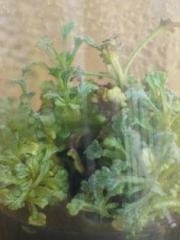Sign in to follow this
Followers
0

Things that mess with the formation of trans-cinnamic acid?
By
Darklight, in Ethnobotany

By
Darklight, in Ethnobotany